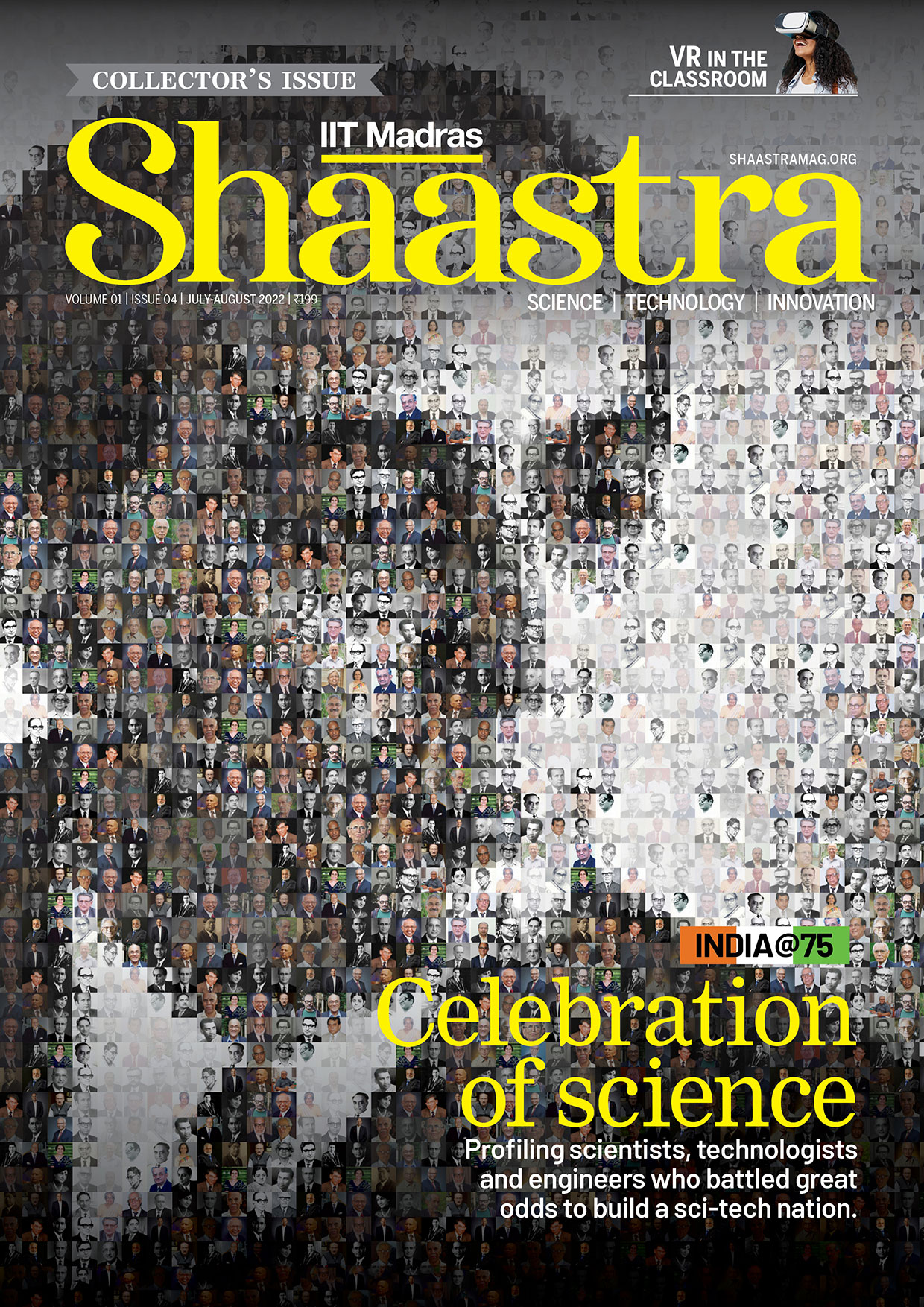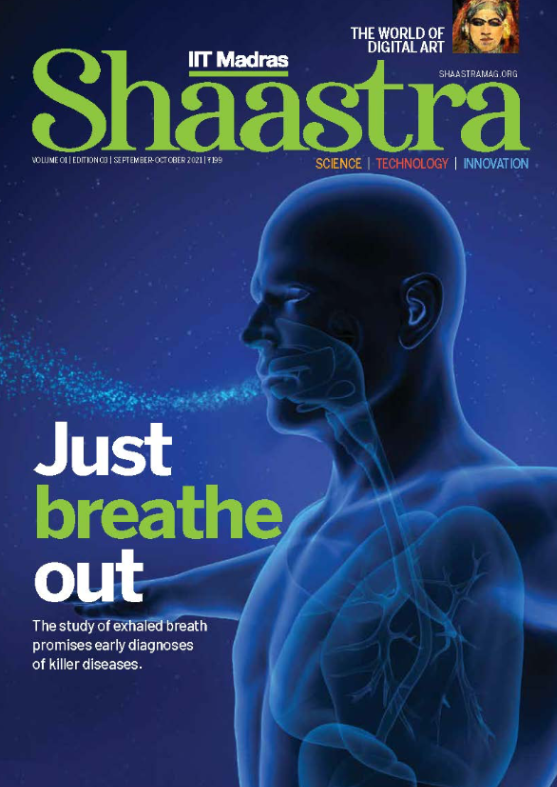Eyes off the road
-
- from Shaastra :: vol 04 issue 05 :: Jun 2025

Engineers are set on indigenising autonomous cars for Indian roads, where mixed traffic and lane-less driving pose unique challenges.
In January 2025, a Maruti Suzuki Ertiga rumbled its way from Hyderabad to Jammu and back again, crossing multiple national and State highways through its 4,000-kilometre stretch. For 40 days, it was on the road, quietly observant of its surroundings: the routes, the signage, the traffic flow, its fellow vehicles and their drivers.
This was no ordinary road trip; the car was an exclusive data collection vehicle designed by the Indian Institute of Technology (IIT) Hyderabad's Technology Innovation Hub on Autonomous Navigation (TiHAN) to understand Indian driving conditions. In 2020, when the Department of Science and Technology undertook a national mission on interdisciplinary cyber-physical systems, autonomous navigation was a vertical handed to IIT Hyderabad, and part of this vertical was directed towards realising the dream of self-driving cars on Indian roads.
Self-driving cars are cautiously making their way onto roads globally. In May, Aurora Innovation became the first company to put completely self-driven heavy-duty trucks to transport commercial freight between Dallas and Houston in Texas, U.S. As for commercial passengers, Waymo, which was formerly Google's Self-Driving Car Project, has been offering driverless taxi services, while also collaborating with rideshare companies like Uber in limited areas.
Complete autonomy is the final stage of Advanced Driver Assistance Systems (ADAS), where cars are equipped with a sensor suite of cameras, GPS, radar and lidar, to increase driver efficiency and comfort. Although fully autonomous cars are not available for purchase in the mainstream, basic ADAS features like adaptive cruise control, automatic lane switching and blind spot detection and warnings have been adopted by car manufacturers for some years now.
PAST ISSUES - Free to Read


Have a
story idea?
Tell us.
Do you have a recent research paper or an idea for a science/technology-themed article that you'd like to tell us about?
GET IN TOUCH














